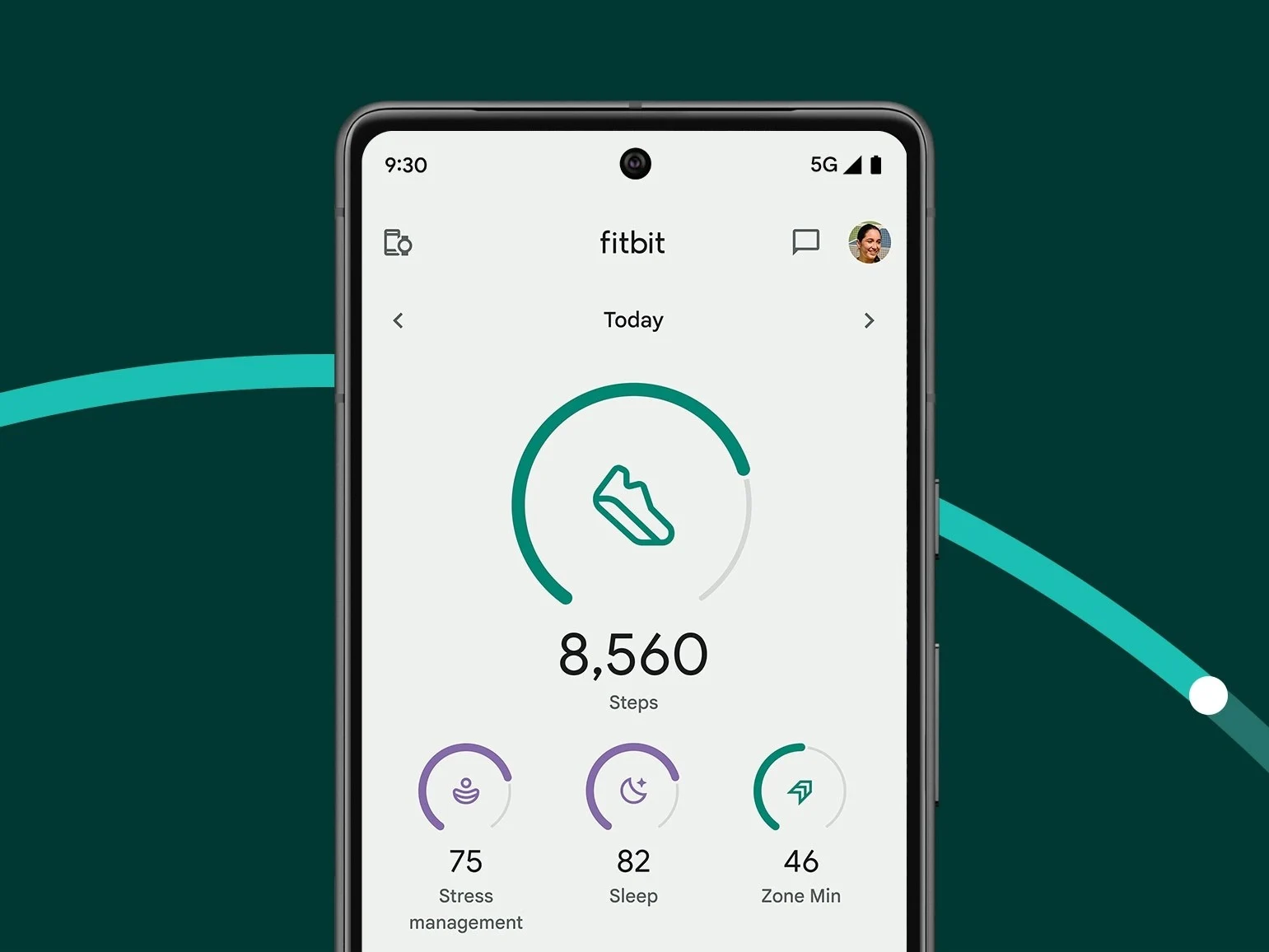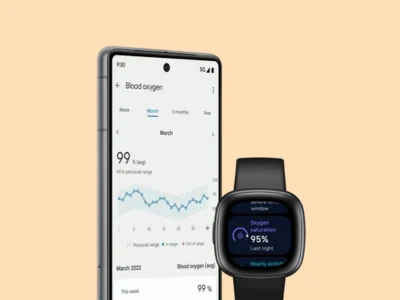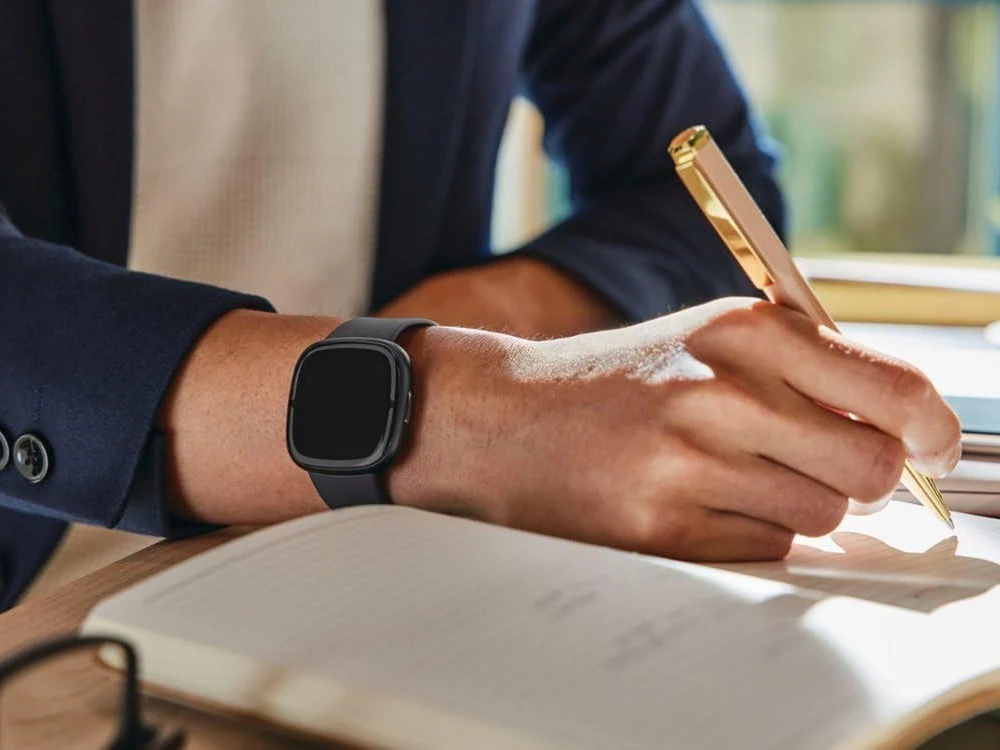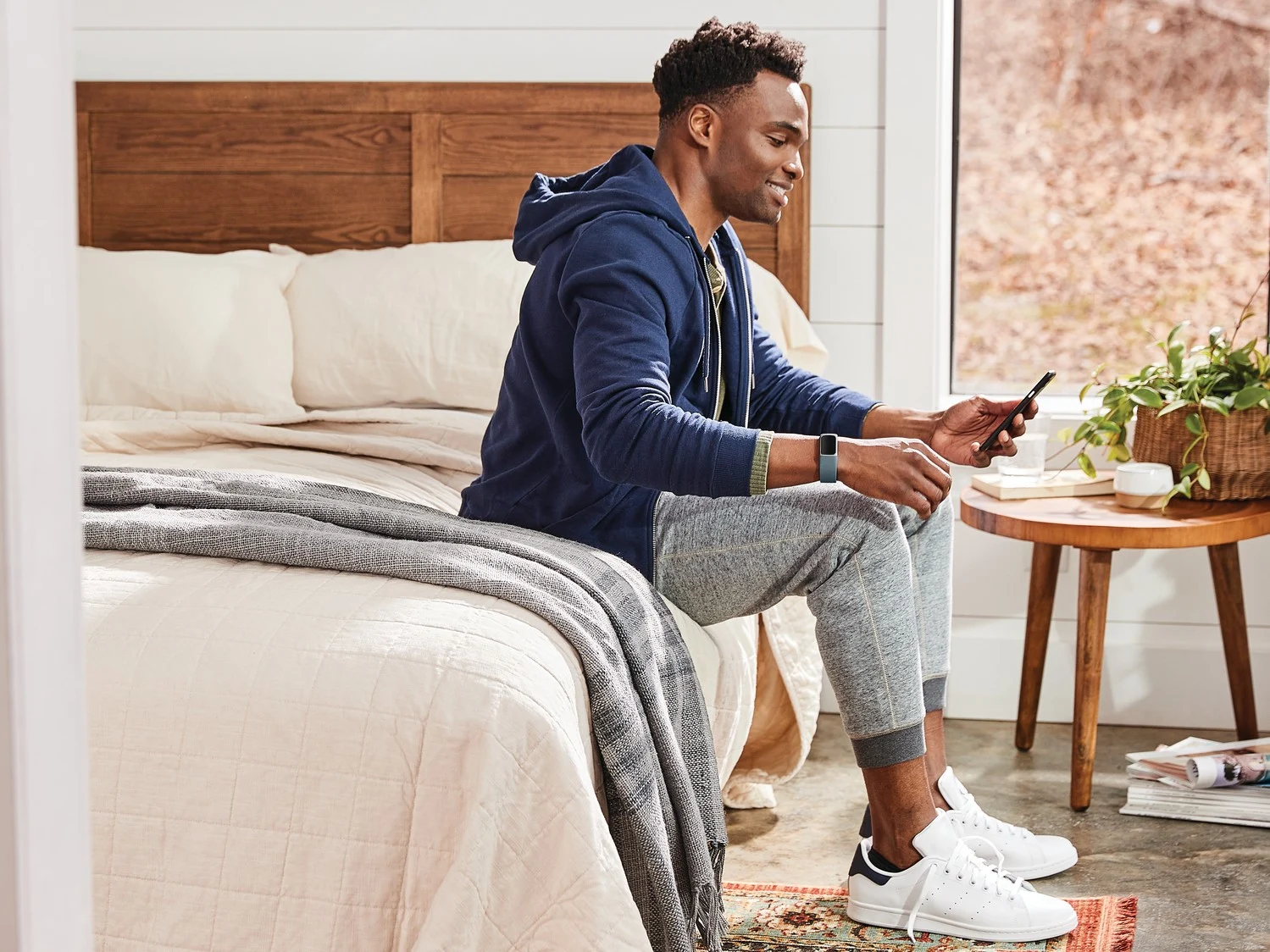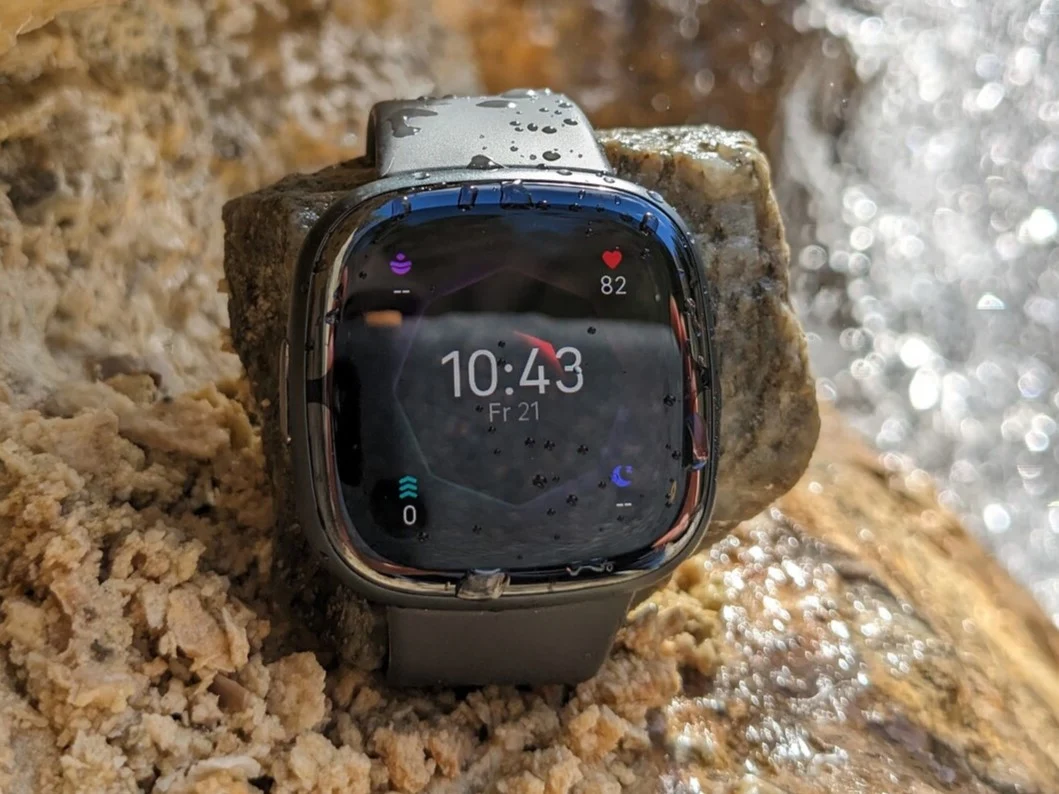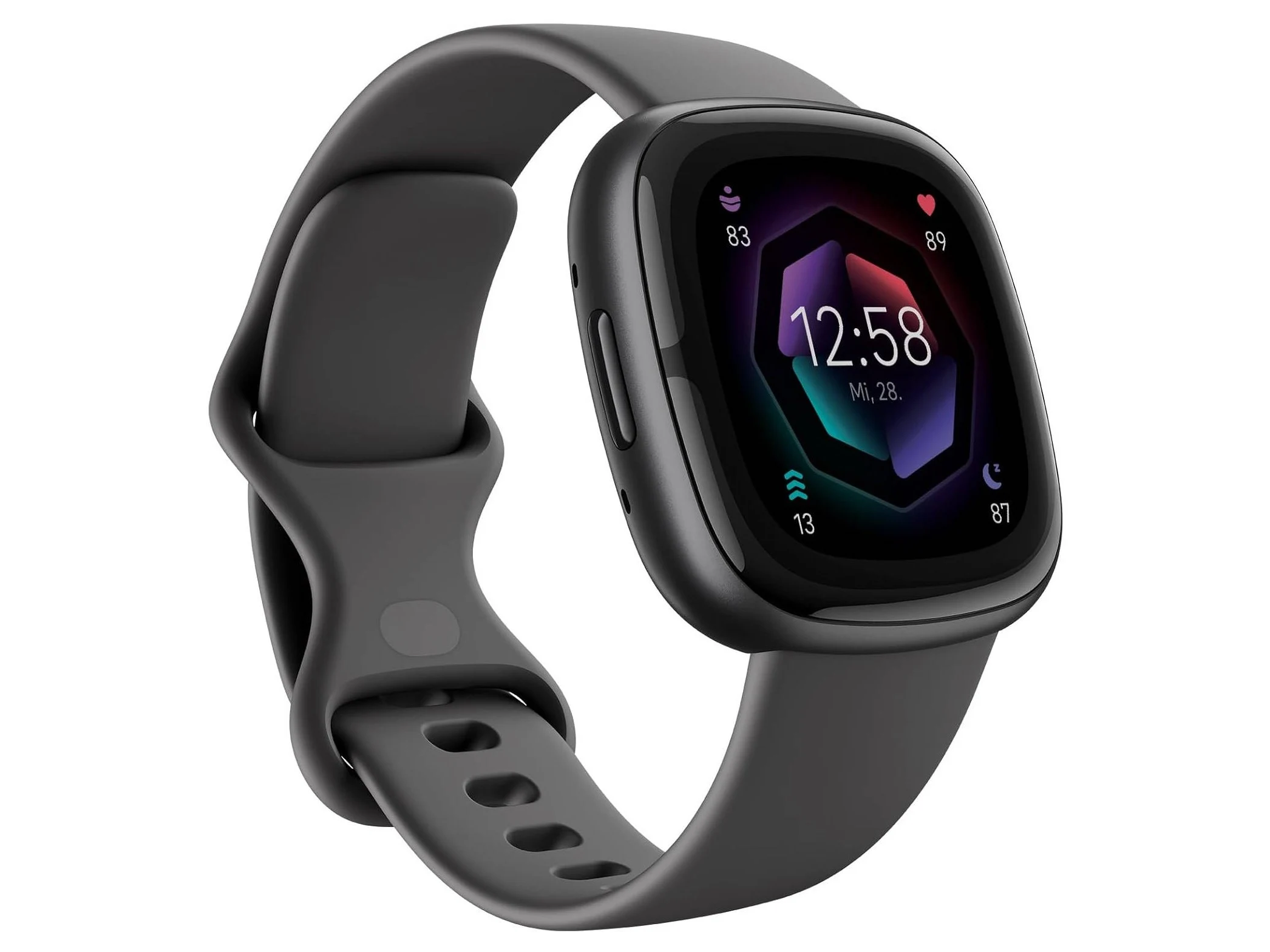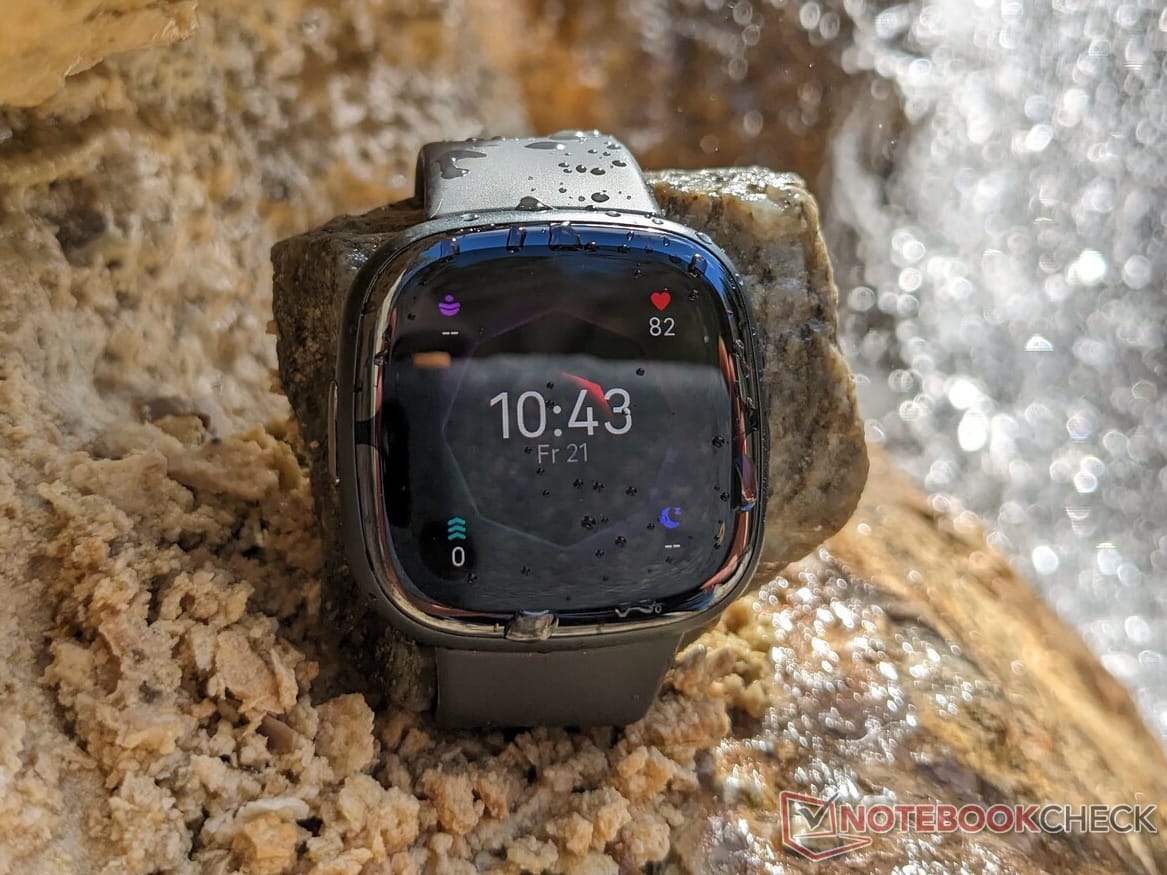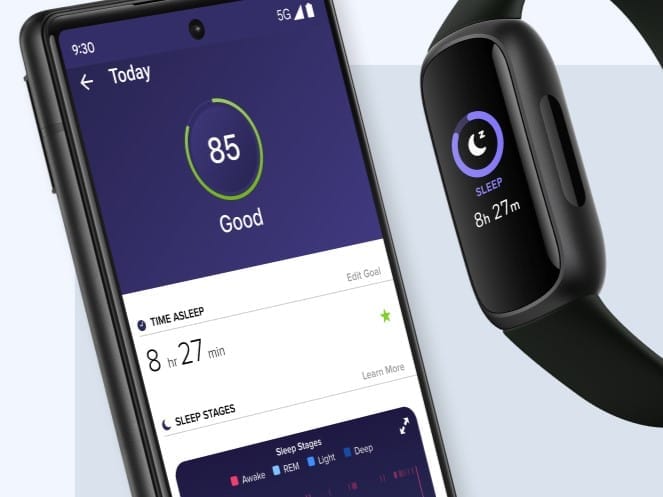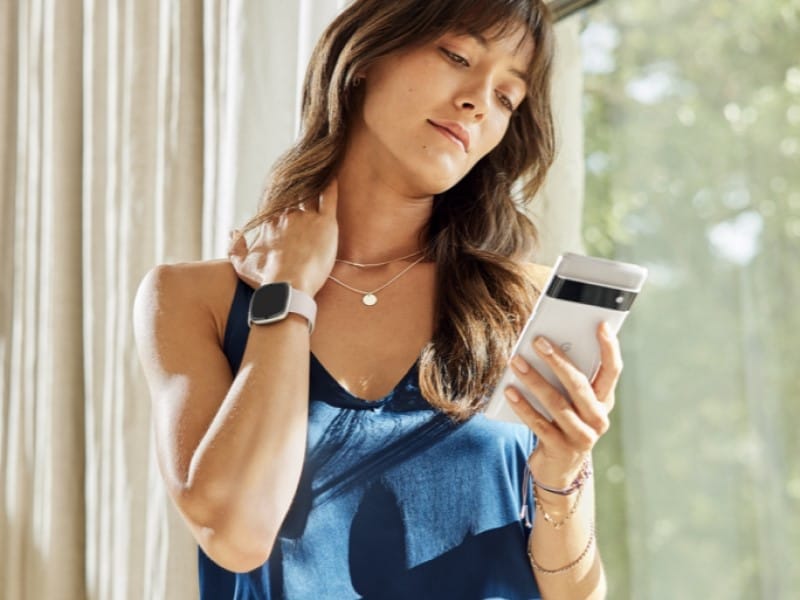Key Takeaways
1. Fitbit Labs introduces three new features: Medical Record Navigator, Symptom Checker, and Unusual Trends.
2. Medical Record Navigator helps users understand lab results by summarizing reports in simple language.
3. Symptom Checker allows users to input symptoms and receive additional questions to gain insights into their health.
4. Unusual Trends feature alerts users to health metrics that fall below their normal levels, like resting heart rate and sleep patterns.
5. Access to Fitbit Labs is limited to eligible users who agree to share their data for research and development.
Fitbit recently introduced three new features available through Fitbit Labs, an app-based testing program for certain users. This program allows participants to experience and provide feedback on upcoming functionalities.
Medical Record Navigator
The first feature is called the Medical record navigator, which aims to assist users in understanding complicated lab records, like blood test results. Users can upload a photo or PDF of their report to the Fitbit app, and the Gemini system will generate a summary in simple language. Another new tool is the Symptom checker, enabling users to describe their feelings. The blog post gives examples like “my head hurts” and “I feel tired.” After inputting these symptoms, users may receive additional questions, with the tool offering insight into their symptoms.
Unusual Trends and Health Tracking
Finally, there’s the Unusual trends feature, which helps users identify when their health metrics fall below their normal levels. It examines various metrics, including resting heart rate, heart rate variability (HRV), and sleep patterns. Fitbit emphasizes that these tools are not meant to diagnose or prevent any medical issues and advises users to consult a healthcare professional if anything unusual is detected.
Access to Fitbit Labs
If you qualify, you’ll find Fitbit Labs in the ‘You’ and ‘Today’ sections of the Fitbit app or via a ‘Now’ card. Eligible users can either begin testing right away or sign up for a waiting list. Keep in mind that by enrolling, you agree to share your data for research and development. If you can’t find the Fitbit Labs section, you may not be eligible at this time. However, Fitbit mentions that these trials might expand to more users in the future. It’s still unclear when the new Medical record navigator, Symptom checker, and Unusual trends tools will be released for everyone.
Source:
Link

